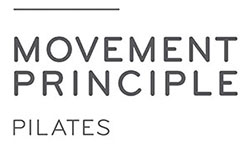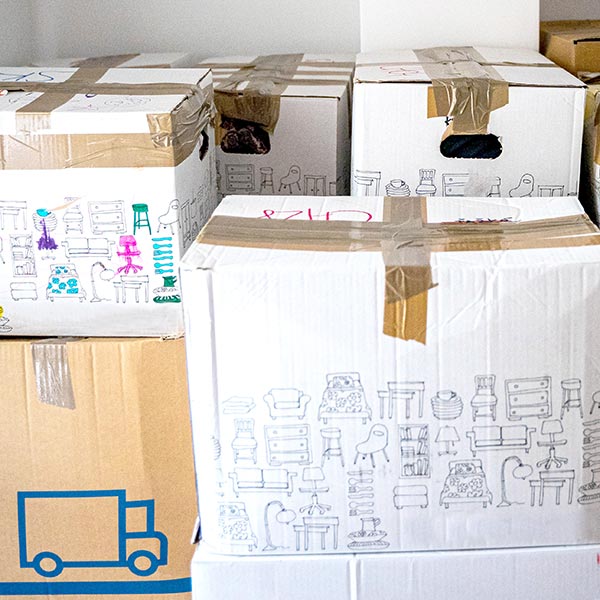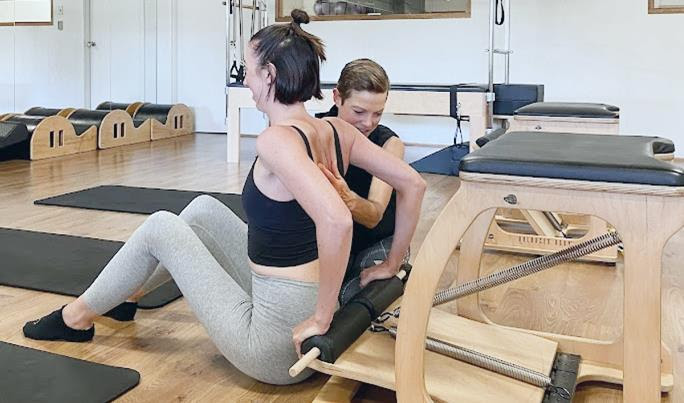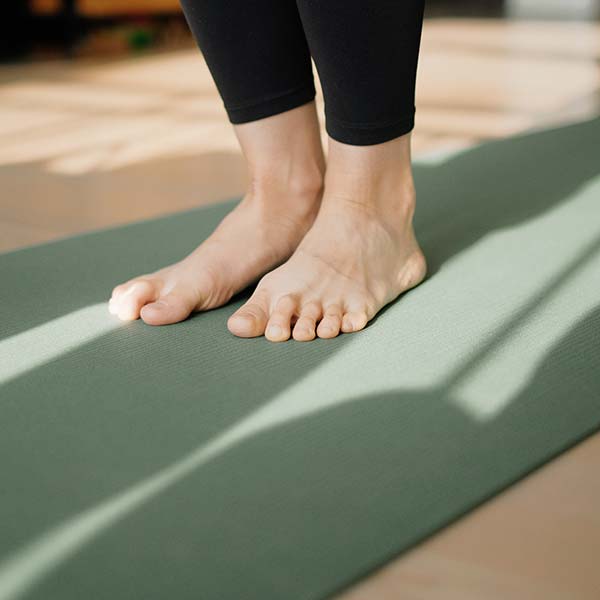Our directors share some thoughts on studio pilates sessions. What they involve, who should do them and how you can un-deskify your posture.
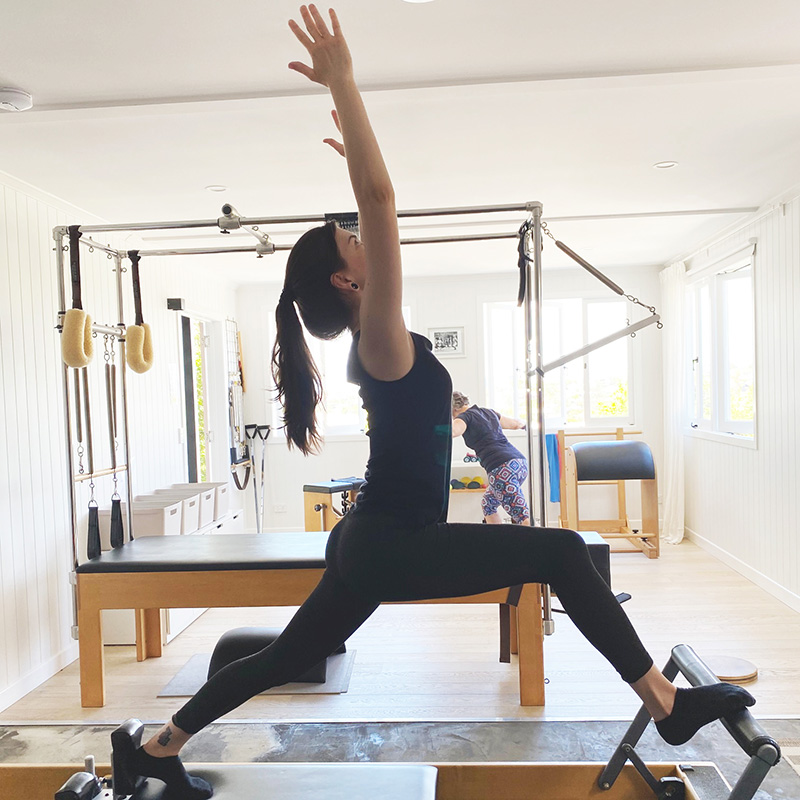
What is it that people love about studio sessions?
There’s a great balance of focus and fun in these sessions. Everyone gets to work as an individual and work on their own strengths and weaknesses, but it’s in a friendly group setting so everyone gets to know everyone. There’s a great sense of familiarity and support in the room when people come together regularly, everyone celebrates their wins and cheers each other on when they’re conquering hard exercises!
Who do you think the studio sessions are most suited to?
To be honest, almost everyone can benefit from these! The fact that they’re tailored to the individual means we can be pretty creative, and can make it beneficial for the triathlete looking for core strength and cross training, and the 80 year old with osteoporosis looking to maintain muscle and avoid falls, and everyone in between.
But I guess most commonly, it’s people with a particular goal or challenge, maybe an injury that’s stopped them going to the gym, or a health condition that means they need a bit more supervision when exercising. Or a specific job that demands really specific movements or strength. We can help them work around whatever’s going on in their life, and incorporate all of those challenges into their sessions.
Which equipment do you use in a studio session?
All of it! It’s like a playground in there 🙂 Of course everyone knows the reformer, but we also have chairs, barrels, small bits and pieces and the largest ‘bed’ looking thing with the funky frame that looks like a torture device, that’s the Cadillac. We use a few pieces each session, and over the sessions you pretty much get to use everything. Each piece has its own set of exercises and its own pros and cons as far as how we can challenge or assist you, so most people will use it all at one stage or another. But it also means we can be selective if we need to, if someone can’t get down to the ground for example we won’t use much of the floor equipment, we’ll keep them up on the Cadillac or chairs.
What types of injuries do you see most commonly?
We get a lot of back pain, and back conditions. Spinal injuries such as stenosis or spondylolisthesis or disc bulges. They all benefit greatly from pilates because we can control, or move, the spine in really specific ways. And shoulder and neck pain from computer work, and more general tension and stress management too.
How does pilates help back pain? Is it all about core muscles?
Yes, and no. We work a lot on the torso stabilising muscles, ‘core muscles’ when they’re needed, but for some people it’s more stretching and releasing tight muscles and joints that’s needed. Getting the bits moving that don’t move enough in everyday life!
What about other injuries?
We see a lot of sports injuries, such as knee injuries, ankle sprains, groin and hip problems. Often they do their initial rehab with their physio or sports doctor, and then we can help them make the transition back to regular training. We love it when we can work with someone and get them out of pain and back to sport! They usually keep up their pilates though, cause they realise it’s a great complement to other types of training, so it’s great to work with them through to full function, and then we get to work on performance enhancement, and get creative! We love to challenge our athletes and dancers with lots of balance and coordination challenges, and also control, strength, flexibility. The pilates system has all that in there too.
What if I’m not injured, just tight and stiff cause I work at a desk! Should I do studio classes?
You’d definitely find it helpful! We have so many tricks and tools to ‘un-deskify’ the body that even coming once a week can make a huge difference, especially if it’s complemented with some other exercise like gym or running or our Pilates reformer classes. The best thing is we get to pick apart your body and your posture, not everyone who sits at a desk is the same, so while there’s lots of general things you can do (stretch your chest and hips! pull your chin in! strengthen your upper back!) the studio setting just gives us that little bit more chance to find exactly what you need and tweak each exercise to help.
That’s a good point – is once a week enough?
On its own, no. The brain’s pretty good at remembering what you do most, so one hour of pilates isn’t really going to un-do 40hrs of sitting at a desk a week. Ideally, 2-3 times a week is best. But we know that’s not always realistic, and if you are doing other exercise as well, you’ll find you start incorporating the pilates principles into all your movement (plus you start to hear our relentless corrections in your sleep…. we become that little voice on your shoulder reminding you to stand up straight and pull your tummy in). If Pilates is all you are doing, 2-3 times a week is great and that might be twice in the studio, plus some floor practice at home.
We’ve just opened a gorgeous new studio room in our Brisbane CBD location just for Studio Sessions and have added a whole bunch of new times for so that it’s easier to make a lunchtime class or stop in after work. We’ll see you there!

